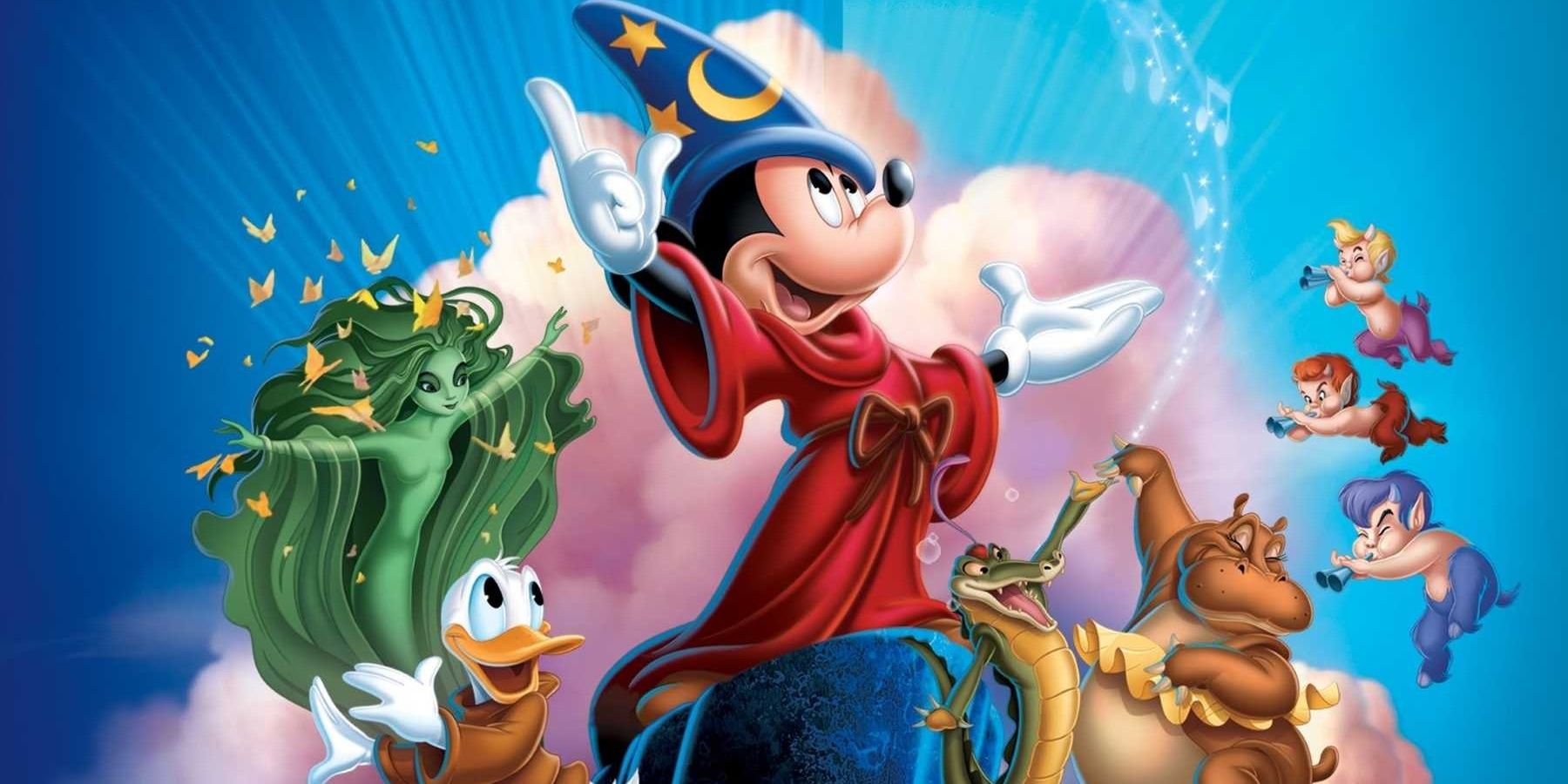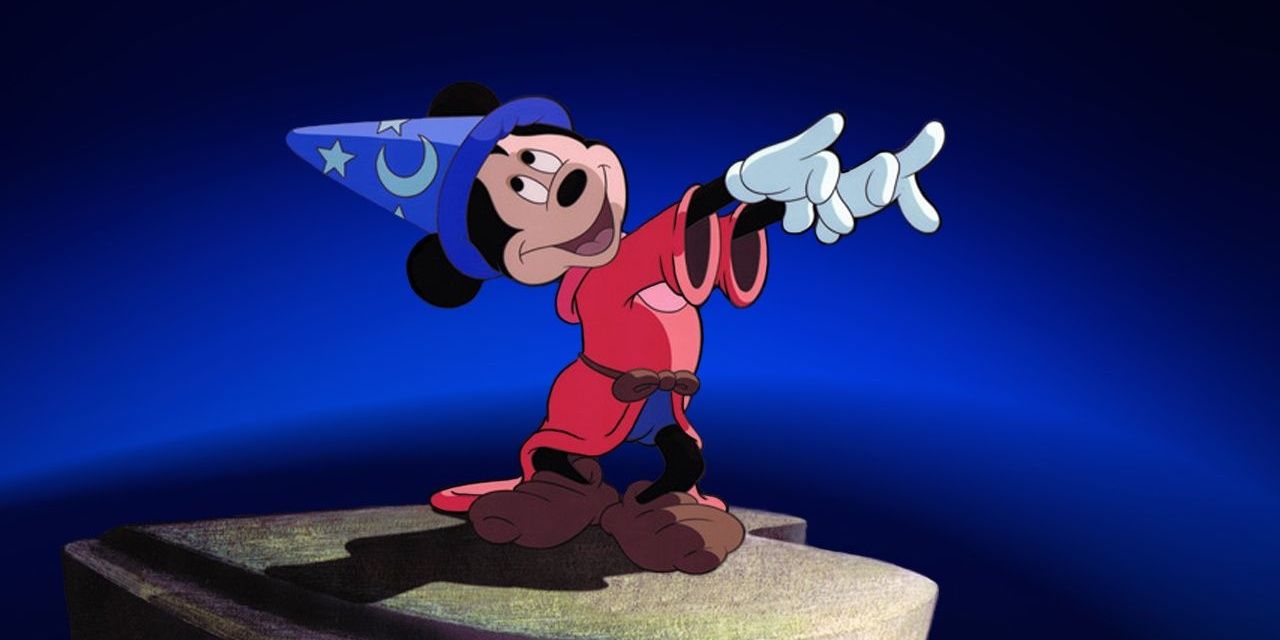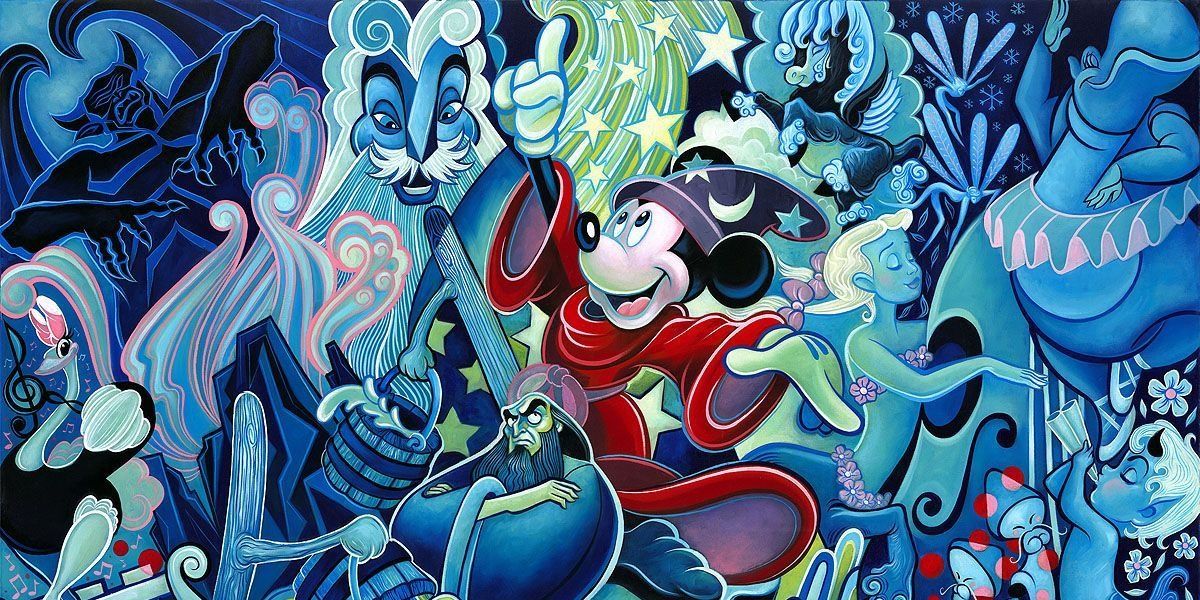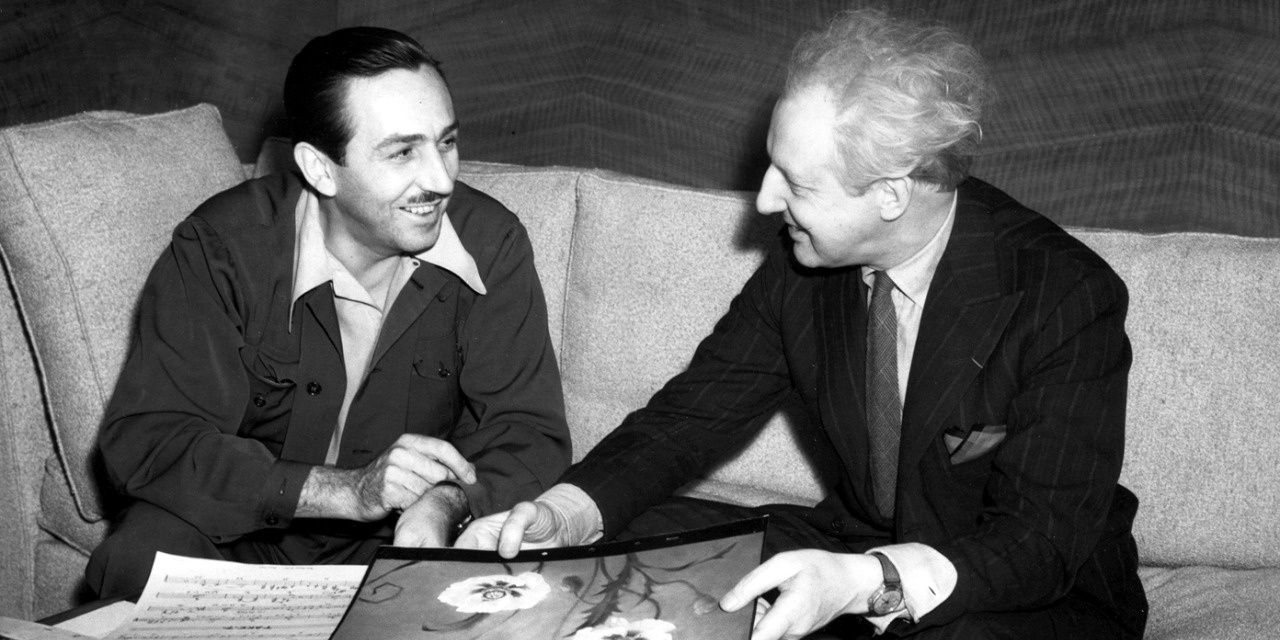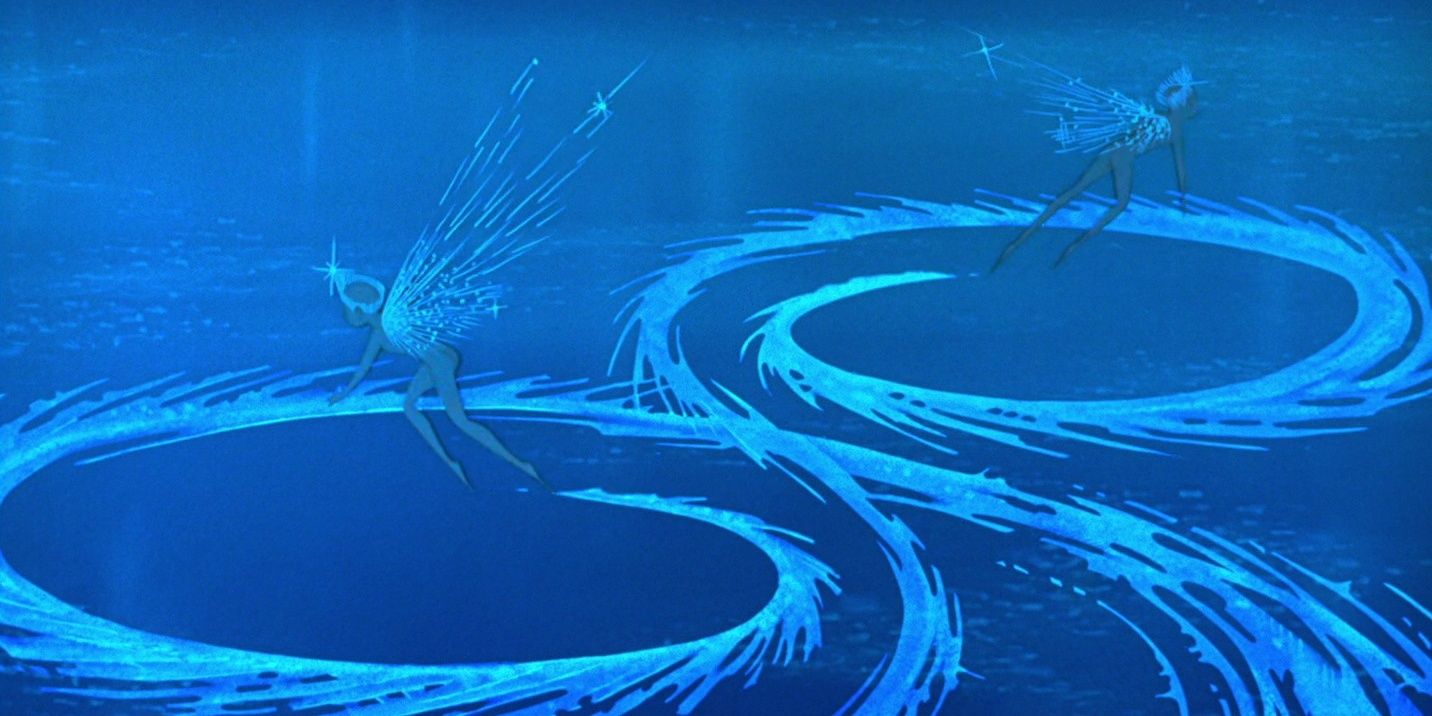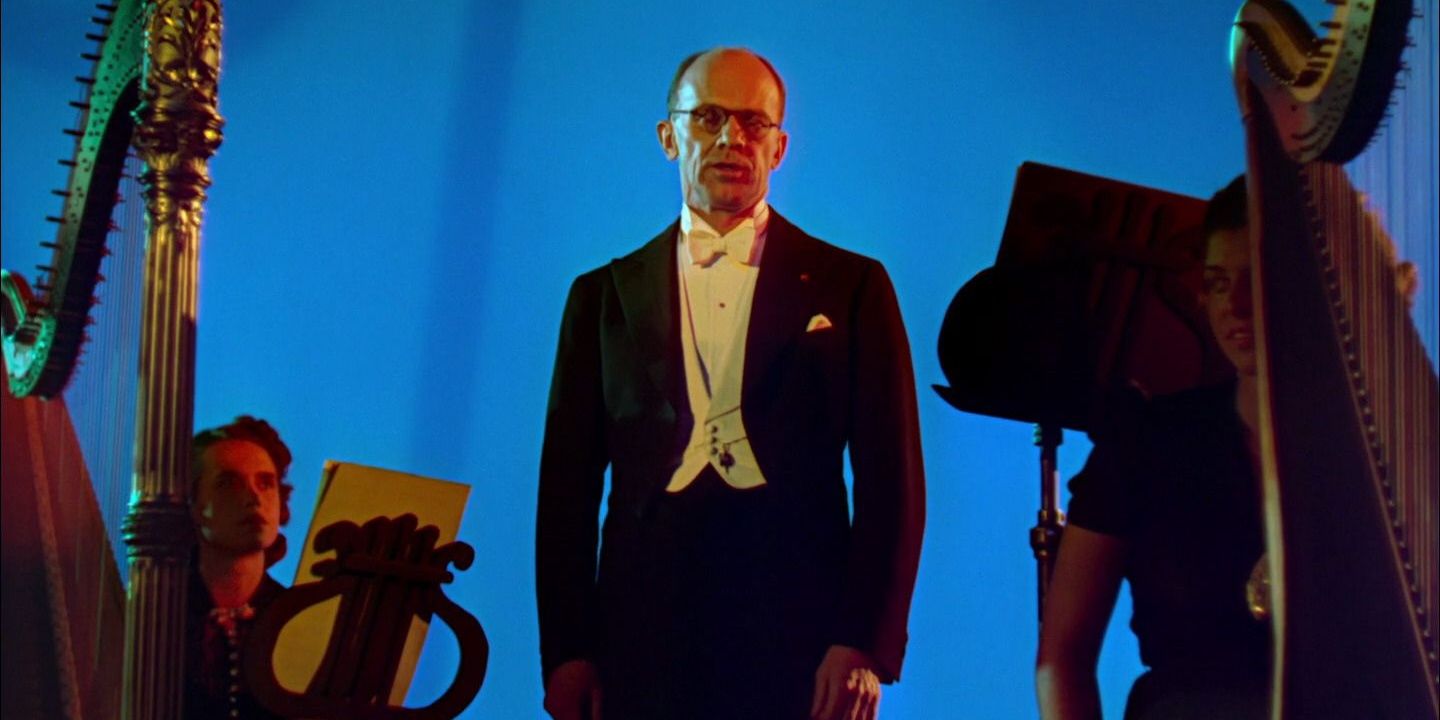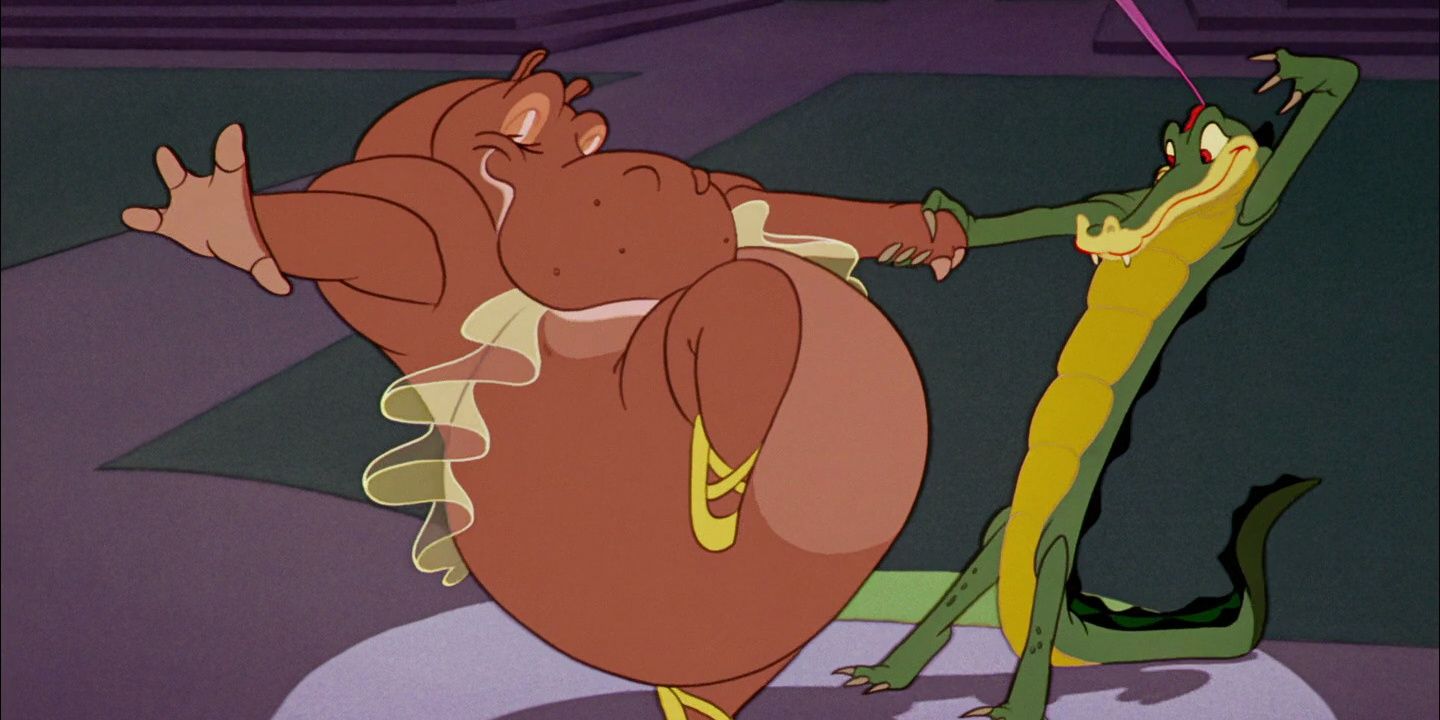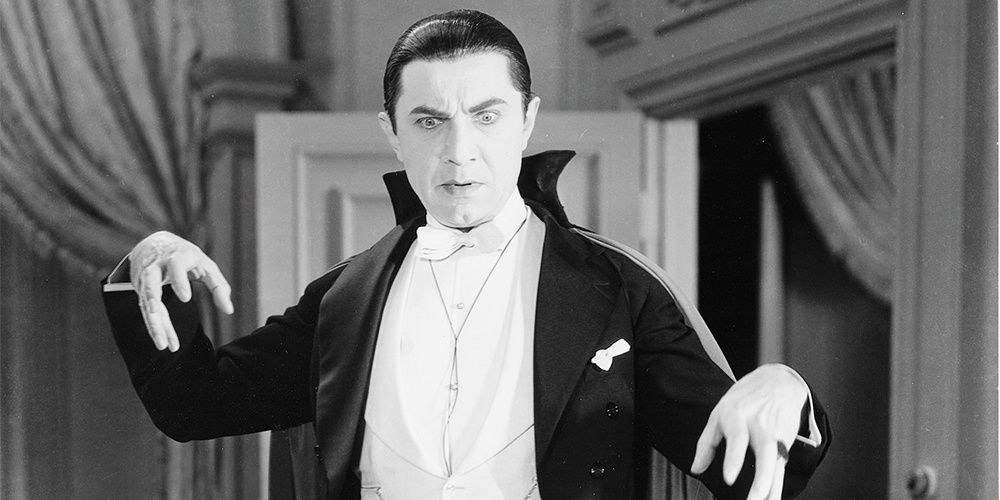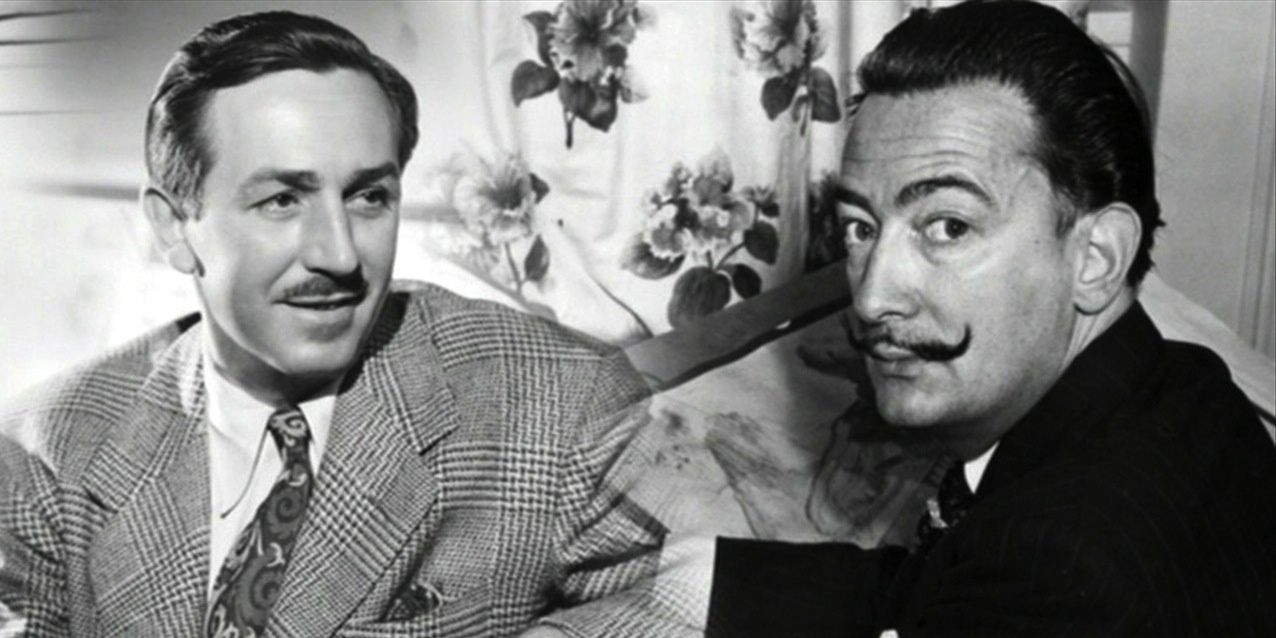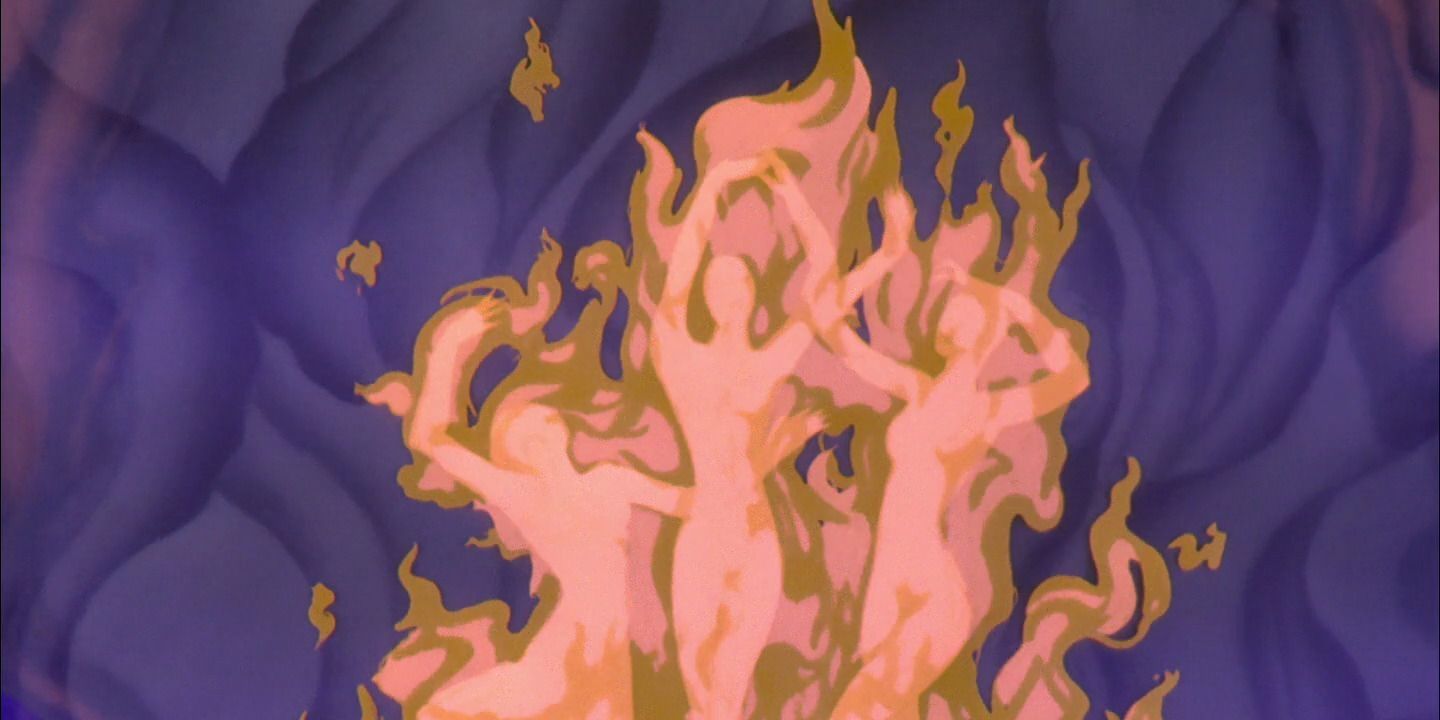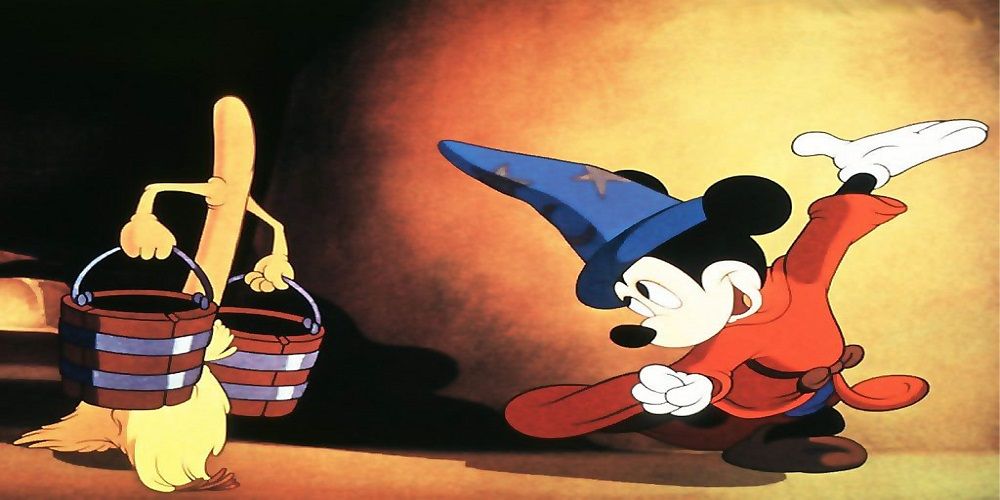Walt Disney's symphonic masterpiece Fantasia is regarded as one of the most beautiful and influential animated films of all time. Its use of visuals and music help it stand out as one of the titans of Disney's library. Fantasia was a very personal project for Walt Disney and a revolutionary piece of musical cinema. There's much more to the film than just Mickey in a wizard's outfit.
The feature was a collaboration between the greatest imaginations in animation and classical music and considered a work of genius. So, what exactly went on behind the orchestra pit? Let's have a look at some things you might not have known about Fantasia.
Fantastic Failure
Though it's considered a masterpiece today, in 1940, it was a financial failure. Due to WWII, the film did not receive an overseas release for some time. Paired with the production costs and theatre rentals for Fantasound equipment, it was unable to make its budget back.
Despite this factor, the film was critically praised and was re-released for two more runs. Finding its audience in the 60s with its psychedelic vibe, Fantasia finally received the love it deserved. Today, it's inspired live concerts, a sequel, and even video games. Talk about some movie magic, right?
Fantasia's Film Series
One of the original ideas behind Fantasia was that it was meant to be like a concert and constantly changing with each version. Originally released as a traveling roadshow, audiences saw the film like they would a concert, not a movie. After the original run, new sequences would have been added, creating a new concert almost.
Segments for "Ride of the Valkyries," "Blue Bayou," and "Flight of the Bumblebee" were considered, but due to the financial failure, the series fell through. A sequel, Fantasia 2000, was released in 1999 and features new music, genres, and animation styles. We think Walt would be pleased.
Meeting of the Minds
Leopold Stokowski was one of the most famous conductors the world had ever known. Considered by many to be the face of classical music, it was a huge deal when Walt Disney asked to collaborate with him on an animated feature. Disney working with Stokowski was like Mozart working with Da Vinci: it was a partnership that got people talking.
Originally asked to conduct for a Silly Symphony version of "The Sorcerer's Apprentice," but helped make the feature once it grew into the film. Stokowski nearly became the star of the finished Fantasia, second only to Mickey Mouse, of course.
There Is No Nutcracker
To quote Deems Taylor, "You won't see any nutcracker on the screen. There's nothing left to him but the title." Yes, Fantasia's "Nutcracker Suite" has fairies, snowflakes, and music by Tchaikovsky, but it lacks any other relation to the famous Christmas ballet.
The animators stuck to the rule of drawing what they saw in their minds when they heard this selection of music but were careful to stay away from the stereotypical Nutcracker. The artists chose to portray the changing of seasons with their adaptations and, though unconventional, made for some memorable imagery. Who doesn't love those mushrooms, right?
Name That Voice
In the original release of the film, music critic Deems Taylor was the master of ceremonies for the feature. Providing introductions and commentary before each piece of music, he was the only cast member the audience had any real interaction with. However, if you've seen the film on DVD and Bluray, you'll notice one peculiar change.
Due to the loss of Taylor's audio dubbing from the original 1940 cut, Disney voice actor, Corey Burton dubbed all of the host's dialogue in the post-1999 re-releases. Burton has been featured in many Disney properties and we're sure his voice definitely got your attention when re-watching the film.
Moving Animation
Fantasia's "Dance of the Hours" is a comic ballet featuring ostriches, elephants, hippos, and alligators in a grand and gaudy display of movement and music. Animals dance in tights and tutus and we laugh, simple. What you might not know is how many ballet techniques and elements went into the scene's creation.
The animators worked with trained ballet dancers and performers to make sure the segment was not directed like a cartoon but like an actual ballet. Everything from the backgrounds to the lighting was fashioned after a ballet stage. Hard to believe so much went into such a goofy scene.
Disney and Dracula
Bela Lugosi and Walt Disney are not two names you would put together, but the famous Dracula actor did help bring to life one of the film's biggest characters. The demon, Chernabog, is the main attraction in "Night on Bald Mountain" and believe it or not was inspired by Lugosi himself. Lugosi was even brought into the studio to pose as a character model.
While Lugosi modeled for the character, Chernabog's animator, Bill Tytla, deemed his footage unusable. Tytla later did the character modeling himself, but the close-ups used on Chernabog are blatantly Lugosi-inspired. Watch and see for yourself.
Disney and Dali
Two of the greatest artistic minds of the 20th century were undoubtedly Walt Disney and Salvador Dali. Disney was the greatest in the animated arts, Dali the surreal. You wouldn't believe how close we came to seeing a project with these two together.
In the earlier days of Fantasia, Disney collaborated with Dali on a segment that paired Dali's art with Disney's animation. The result was nothing short of genius, but it didn't make it out of storyboard and concepts. However, Disney Animation would later bring this idea to life, still using Dali's original artwork, to give us the short film, Destino.
Night on "Bare" Mountain
If someone told you there was nudity in a Disney film, would you believe them? We're not talking about a hidden picture between film cells, a prank by an animator, or an urban legend. Real, purposefully-animated, nudity.
In "Night on Bald Mountain," Chernabog and his minions of darkness raise wreak havoc on bald mountain, consuming it in Hellfire. Ghosts fly, demons dance, and topless harpies toss damned souls into a shadowy inferno. Remember, this is a Disney film. The final sequence, "Bald Mountain/Ave Maria" pairs the profane with the sacred. It seems the Disney artists took it literally.
All Started by a Mouse
Everyone knows this movie for one thing: Mickey Mouse as the Sorcerer's Apprentice. What they might not know is that this was the first incarnation of the Mickey Mouse we know today. Disney wanted him to expand his acting repertoire, so he made him the star of this symphonic feature, complete with a new design.
Until his appearance in Fantasia, Mickey kept his pie-eyed look and had much rounder body shape. Redesigned by Fred Moore, a new version of Mickey allowed for more diverse body movement and facial expression. It's a stellar look for our favorite magical mouse.

